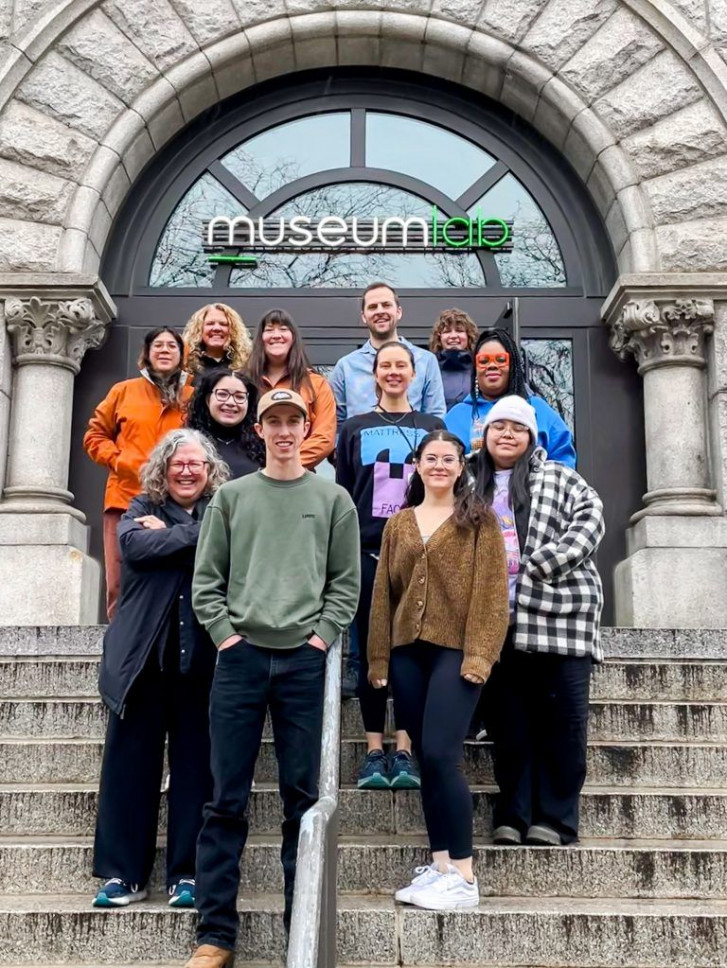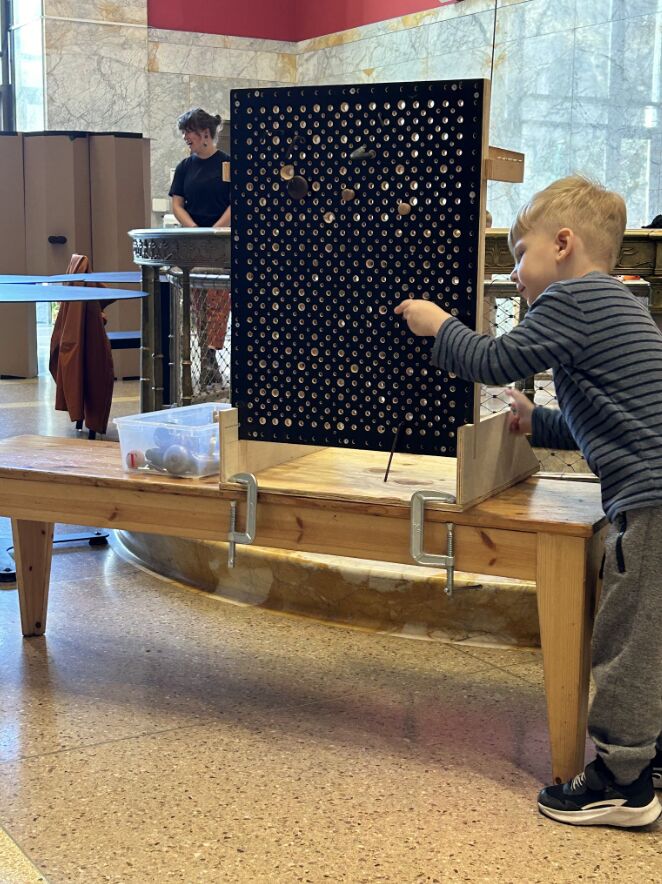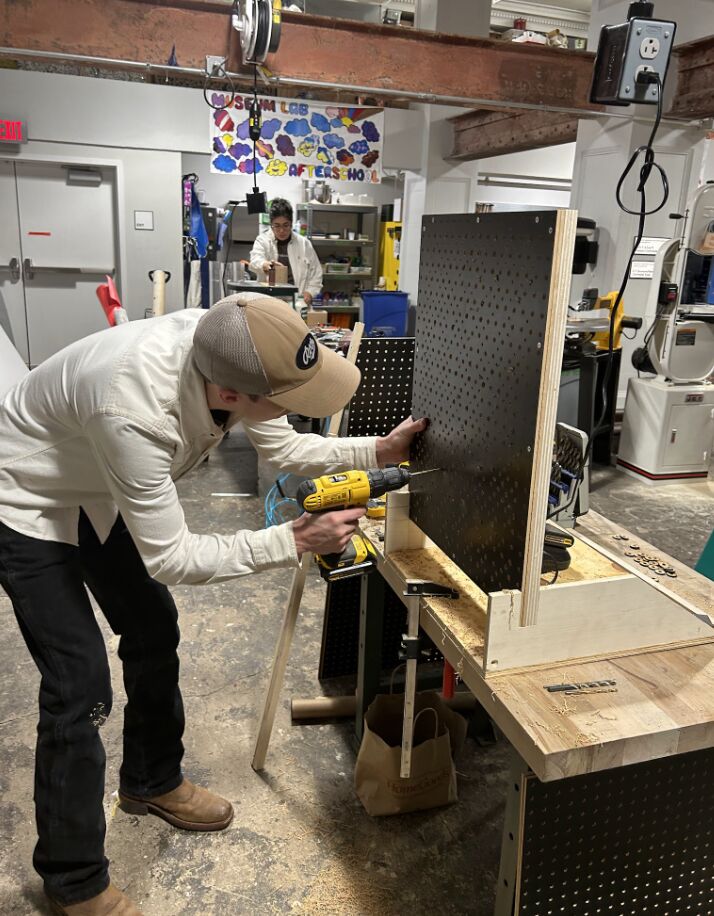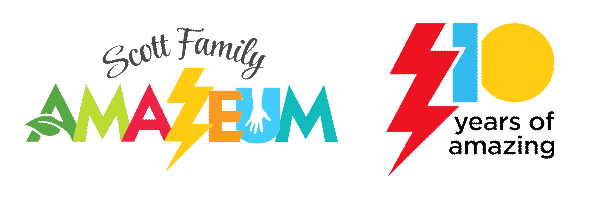Museum Lab for Museum Professionals - Prototype Exhibit Titled, “Find the Fit”
Written by Destin Hall, Amazeum Exhibits Technician
Over the past 8 months I have been actively participating in a program based out of the Children’s Museum of Pittsburgh in partnership with ACM. The program aims to bring individuals from all backgrounds in the children’s museum industry to learn and grow the ability to prototype and design exhibits.

The first portion of this program was a 1 week online session that taught us about some of the history involved with children’s museums in addition to allowing us to all meet one another before coming to the in-person session. For the in person session, all 12 participants traveled to Pittsburgh to stay 8 days learning their prototyping process and how CMP created successful exhibits.
They curated a beautiful panel of guest speakers along with all sorts of fun hands-on activities geared towards getting our creativity flowing so that toward the end of the session our comfortability to make cool interactive prototypes would be familiar. For our prototypes they gave us 3 days to think of, design, and create an interactive children’s exhibit prototype. The first day they took us to a cool vintage reuse warehouse where we got to dig for parts and pieces to use in our prototypes. It really challenged us to get creative and think outside the box. The idea was to create a prototype as quick and dirty as possible as a way to push us to not spend too much time over engineering and designing our prototypes. They taught us that prototypes should be relatively inexpensive, and built with speed while maintaining the overall interactive experience.
Many of you have seen or heard me speak about my prototype I worked on while in Pittsburgh, but for the ones that haven’t my prototype was an Early Childhood Development exhibit focused on fine motor skills. It aimed at encouraging kids between the ages of 1-4 years to explore their fine motor skills by inserting various sized pegs into their respective holes on a board. Each peg also had different shape, and size handles to emphasize their grip strength and dexterity. When I was playtesting this prototype in our museum, I saw lots of kids play with the exhibit, but what I loved seeing most was when parents would get involved in facilitating the interaction with their kid. The most fruitful style of play was when two people would be on either side of the exhibit. I myself experienced the same enjoyment when I interacted with it while my son was playing. Like him, many kids loved the interaction of pushing pegs out onto the other player. This created a game that my son picked up on. He would push the pegs out as quickly as I could put them into the holes. We had good laughs and overall enjoyed the experience. This was the case with many kids.

My only issue I had with my prototype was there wasn’t a lot of stay power. Without that facilitation, kids would only interact for about 15-20 seconds. It was only rare cases where kids would spend a minute plus by themselves.
My goal and hope for the exhibit in the future would be to increase that stay power through new means of engagement whether that’s playing up the game aspect, or incorporating more into the exhibit. The beautiful thing about prototyping is that you can always keep testing and you should until you have a successful experience that your guests and yourself are happy with.
The tail end of this program was the culmination of all of my learned experiences with the program, prototyping, my exhibit, and how I would continue to use these new skills. Children’s Museum of Pittsburgh in partnership with ACM invited all of the cohort members to attend Interactivity in Albuquerque NM and present a slide deck about our exhibit and experiences. In addition, they allowed us to set up booths showcasing our prototypes and were given the chance to speak one on one with curious individuals that just wanted to learn more about our prototypes.

All in all the program was a huge success in my eyes. I learned so much about other museums, how they operate, learned new ways of thinking, met tons of people, and expanded my ability to create good and meaningful experiences. My goal is to implement all I have learned from this program into my day to day practice here at the Amazeum.







